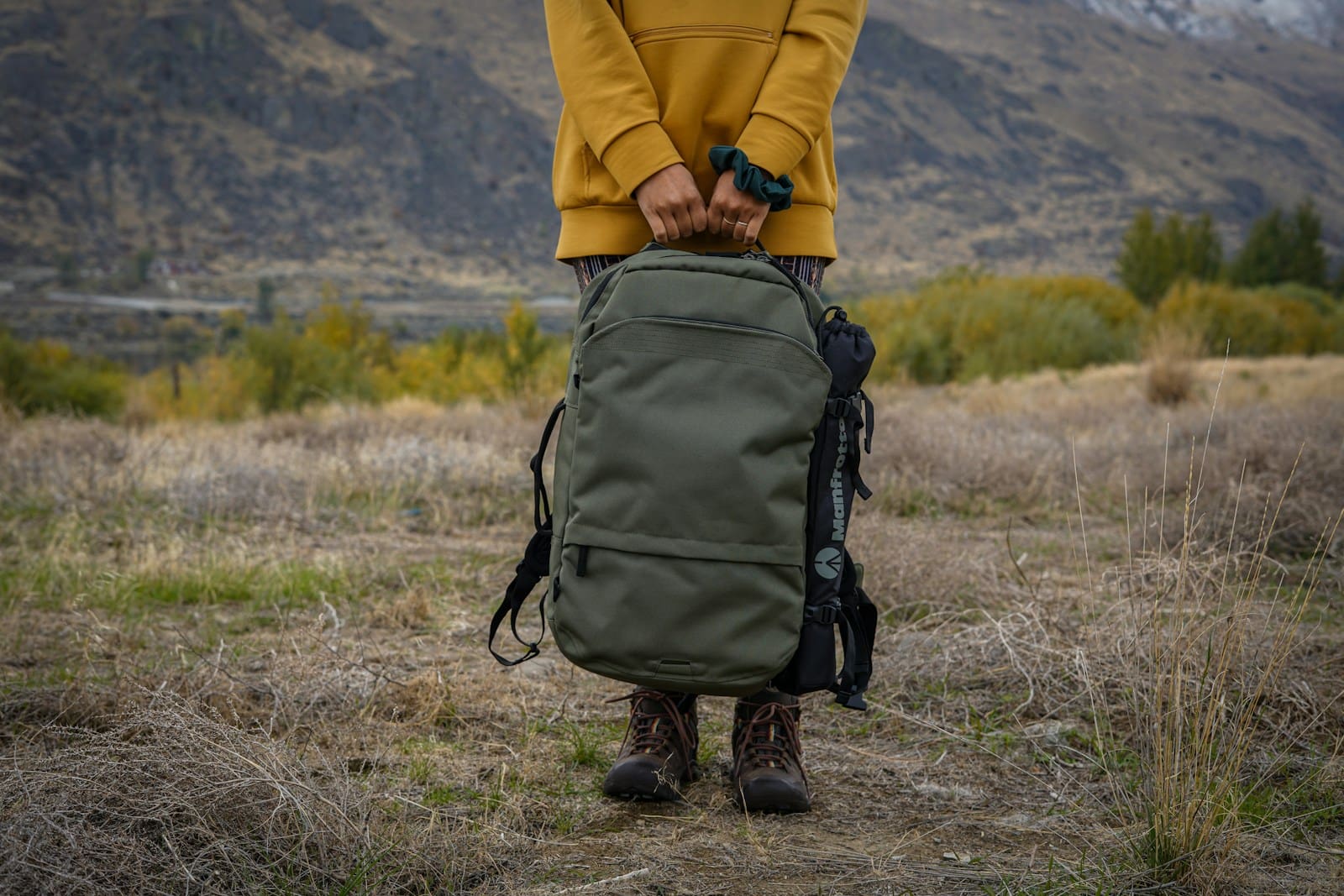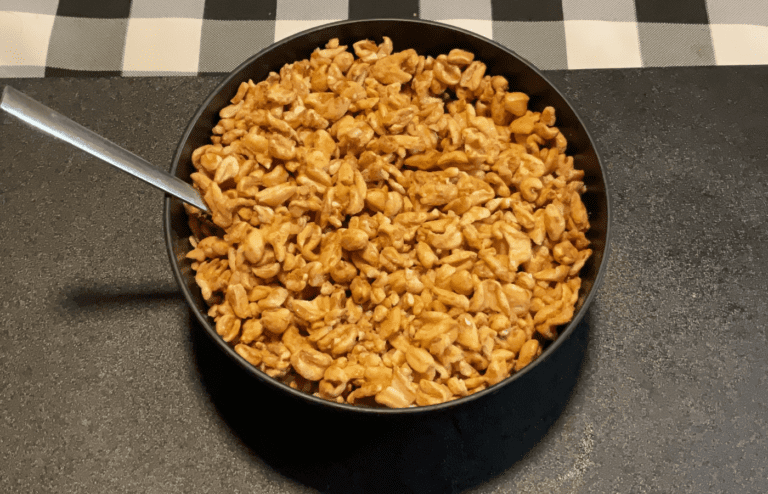Rucking takes walking to the next level. By adding a weighted backpack, this simple yet powerful workout blends cardio and strength training, delivering full-body benefits. It builds endurance, strengthens muscles, and even sharpens mental resilience—all without the high impact of running.
Whether you’re looking to boost your fitness, improve posture, or just switch up your routine, rucking is a game-changer. Here’s why strapping on some weight and hitting the trail could be one of the best moves for your health and lifestyle.
20. Enhances Outdoor Exercise Experience

Rucking transforms ordinary walks into engaging outdoor adventures. The added weight challenges your body, making familiar routes feel new and exciting. It encourages exploration of varied terrains, from urban streets to nature trails, enhancing your connection with the environment. This dynamic form of exercise keeps workouts fresh and motivating, promoting consistent outdoor activity.
19. Improves Overall Fitness Efficiency
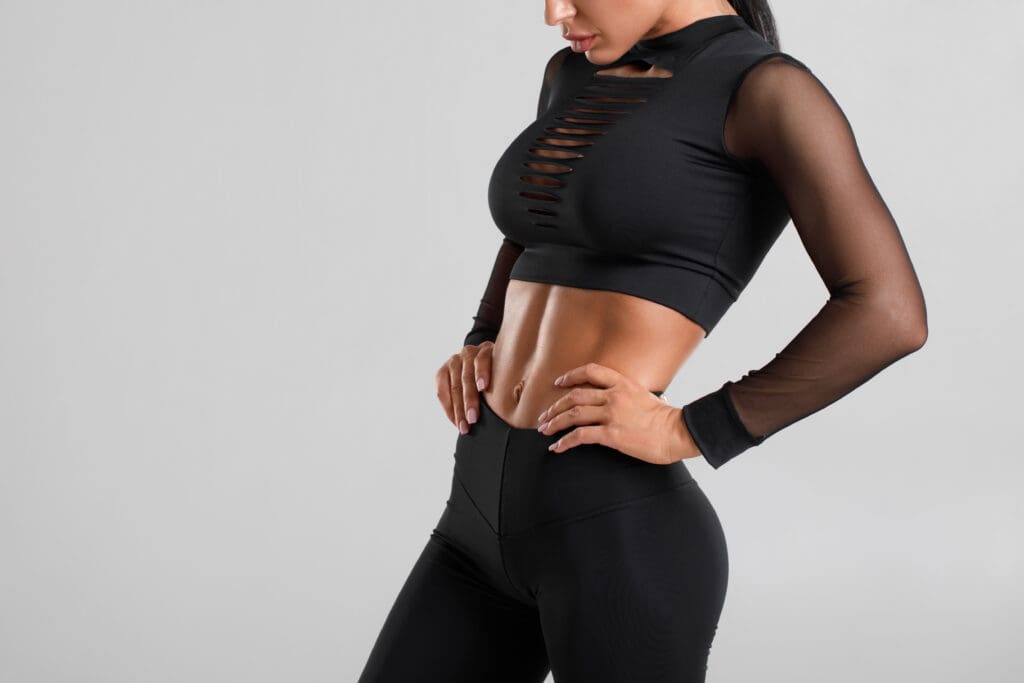
Rucking enhances overall fitness efficiency by combining cardio and strength training in one activity. It engages more muscle groups than walking, particularly in the core and lower body, while also improving cardiovascular endurance. This dual-benefit approach allows for a more time-efficient workout, making it an excellent choice for those with busy schedules.
18. Boosts Fat Burning in Zone 2

Rucking in Zone 2 heart rate (60-70% of max) optimizes fat burning. The added weight increases calorie burn while maintaining a moderate intensity, allowing your body to efficiently utilize fat as fuel. This leads to improved metabolic health and weight management compared to regular walking.
17. Supports Joint Health

Rucking’s low-impact nature makes it gentler on joints compared to high-impact exercises like running. The added weight encourages proper posture and strengthens supporting muscles, reducing strain on knees and ankles. This makes rucking an excellent option for those with joint pain or recovering from injuries, promoting long-term joint health.
16. Increases Aerobic Capacity

Rucking elevates heart rate and oxygen consumption more than walking, leading to greater improvements in aerobic capacity. This enhanced cardiovascular workout strengthens the heart and lungs, boosting overall endurance. Regular rucking can significantly increase VO2 max, allowing for better oxygen utilization during physical activities.
15. Enhances Balance and Coordination

Rucking improves balance and coordination more effectively than walking. The added weight challenges your body’s stabilizing muscles, enhancing proprioception. This increased body awareness translates to better balance in daily activities and reduced risk of falls, especially beneficial for older adults. The dynamic nature of rucking on varied terrains further hones these skills.
14. Provides Full-Body Workout
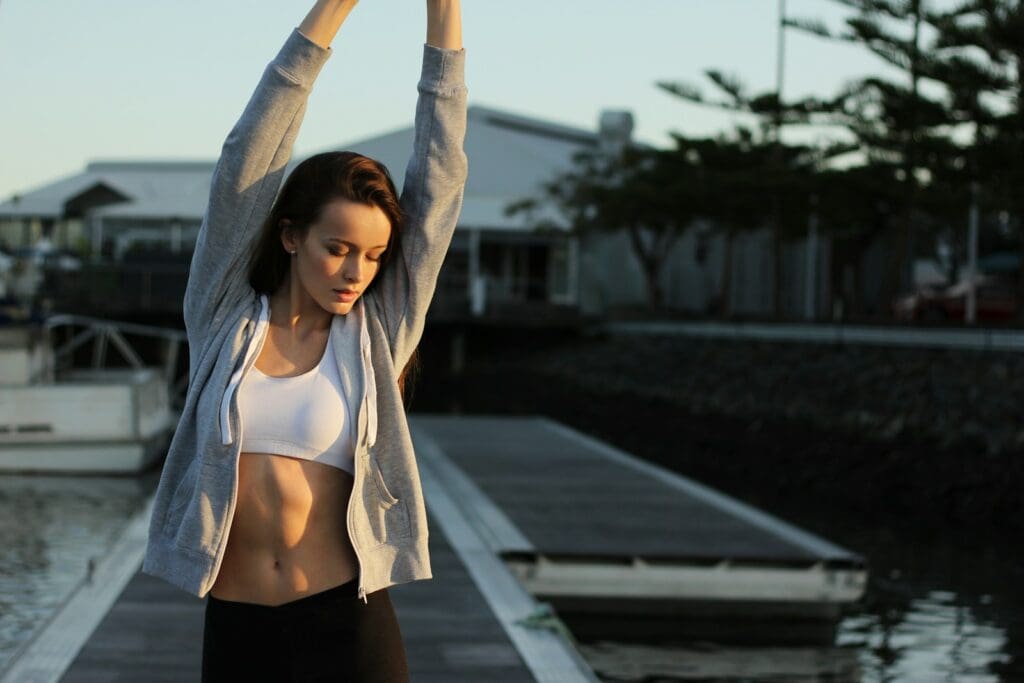
Rucking engages multiple muscle groups simultaneously, offering a comprehensive workout. Unlike walking, which primarily targets lower body muscles, rucking activates your legs, core, shoulders, and back. This full-body engagement leads to improved overall strength and muscle tone, making it a more efficient exercise for total body fitness.
13. Improves Mental Resilience

Rucking builds mental toughness by challenging you to push through discomfort. The added weight and physical demands foster resilience, teaching you to persevere in the face of difficulty. This mental fortitude translates to other areas of life, helping you tackle challenges with greater confidence and determination.
12. Reduces Risk of Chronic Diseases

Rucking, like other forms of aerobic and strength-focused activities, can help lower the risk of age-related health conditions such as type 2 diabetes, heart disease, sarcopenia (muscle loss), and osteoporosis. The combination of cardiovascular exercise and resistance training in rucking provides comprehensive health benefits that surpass those of walking alone.
11. Offers Functional Fitness
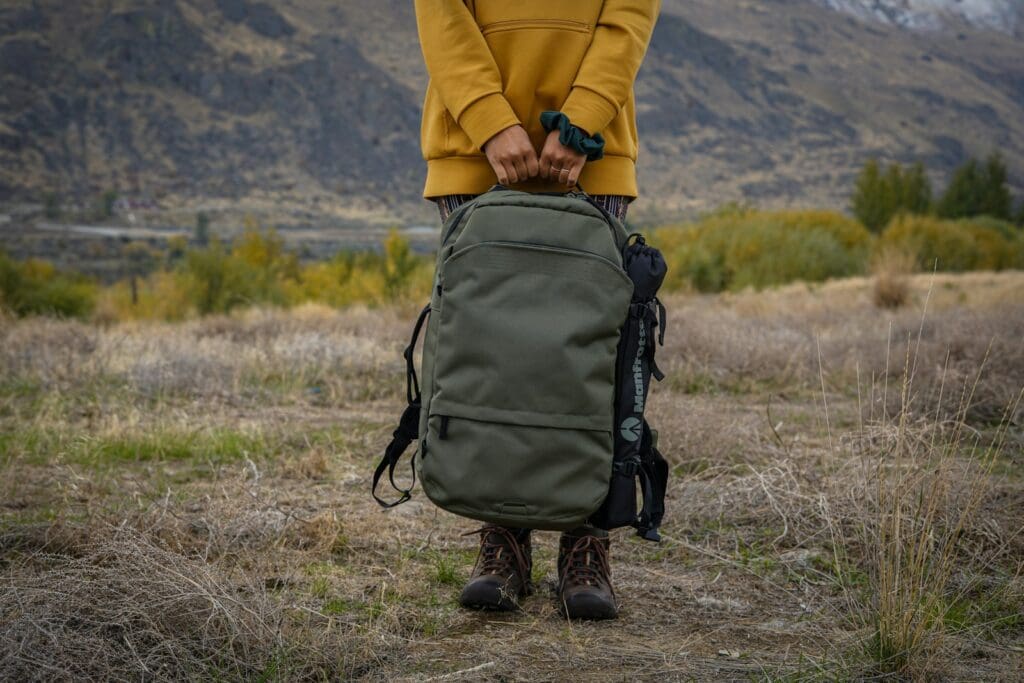
Rucking provides practical strength for everyday activities like carrying groceries or luggage. The weighted backpack engages multiple muscle groups simultaneously, improving overall functional fitness and making daily tasks easier. This real-world applicability sets rucking apart from traditional cardio exercises.
10. Promotes Weight Loss
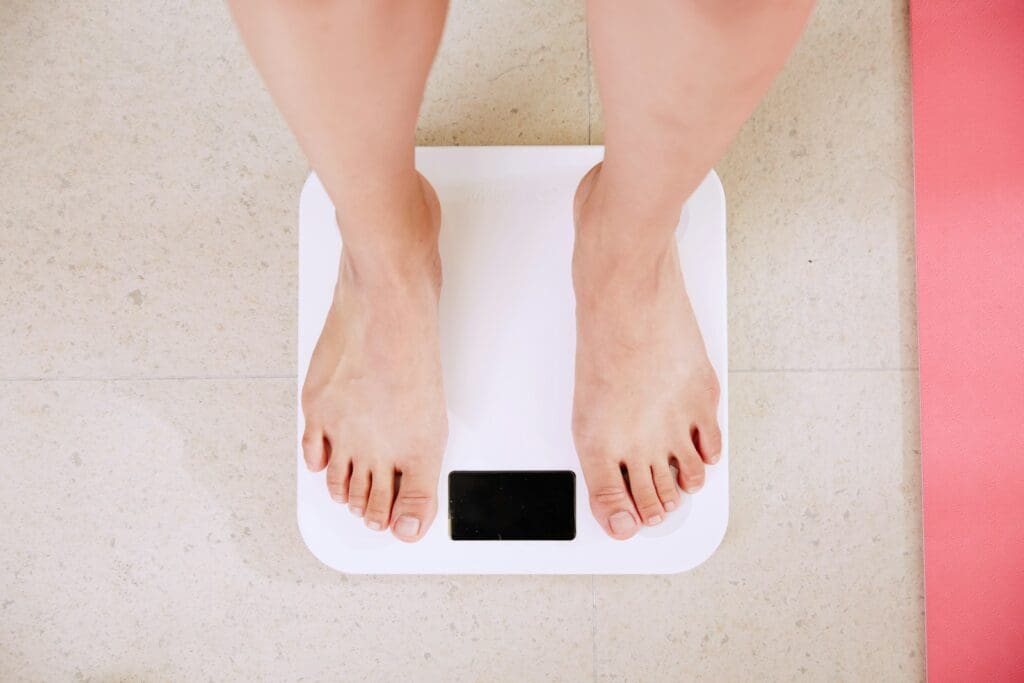
Rucking is a powerful tool for weight loss, burning significantly more calories than regular walking. Carrying extra weight increases energy expenditure, potentially burning up to 3 times more calories than walking alone. This higher calorie burn, combined with muscle engagement, makes rucking an efficient choice for those looking to shed pounds and improve body composition.
9. Enhances Core Stability

Rucking significantly improves core stability compared to regular walking. The added weight in your backpack engages your abdominal muscles, obliques, and lower back to maintain balance and posture. This constant core activation strengthens your midsection, leading to better overall stability and reduced risk of back pain in daily activities.
8. Increases Endurance

Rucking significantly boosts endurance compared to walking. The added weight challenges your cardiovascular system and muscles, improving stamina over time. This enhanced endurance translates to better performance in daily activities and other sports. Rucking’s low-impact nature allows for longer training sessions, further developing overall endurance.
7. Improves Posture
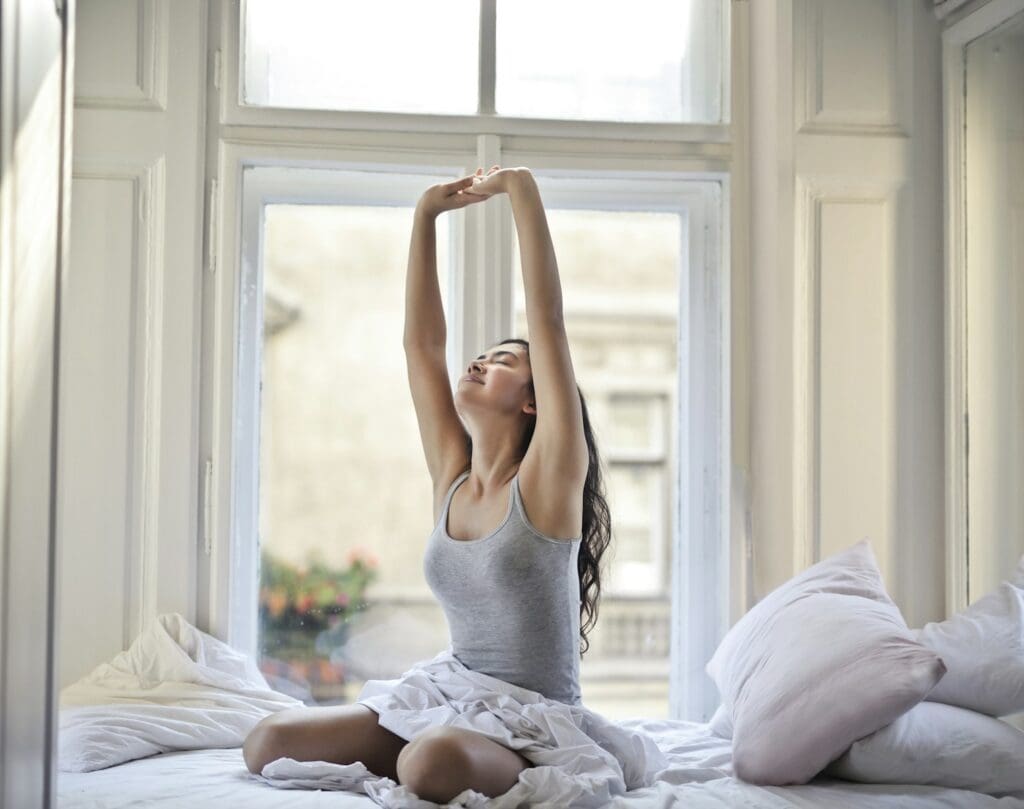
Rucking naturally enhances posture by pulling your shoulders back and engaging your core muscles. The weight of the rucksack encourages proper alignment, counteracting the forward-leaning posture often associated with sedentary lifestyles. This improved posture can lead to reduced back pain and better overall spinal health.
6. Boosts Metabolic Rate

Rucking significantly elevates your metabolic rate compared to walking. The added weight increases energy expenditure, causing your body to burn more calories even after the activity. This heightened metabolism can persist for hours post-exercise, contributing to improved weight management and overall fitness. Regular rucking can lead to long-term metabolic benefits, enhancing your body’s efficiency in burning calories throughout the day.
5. Low-Impact Exercise
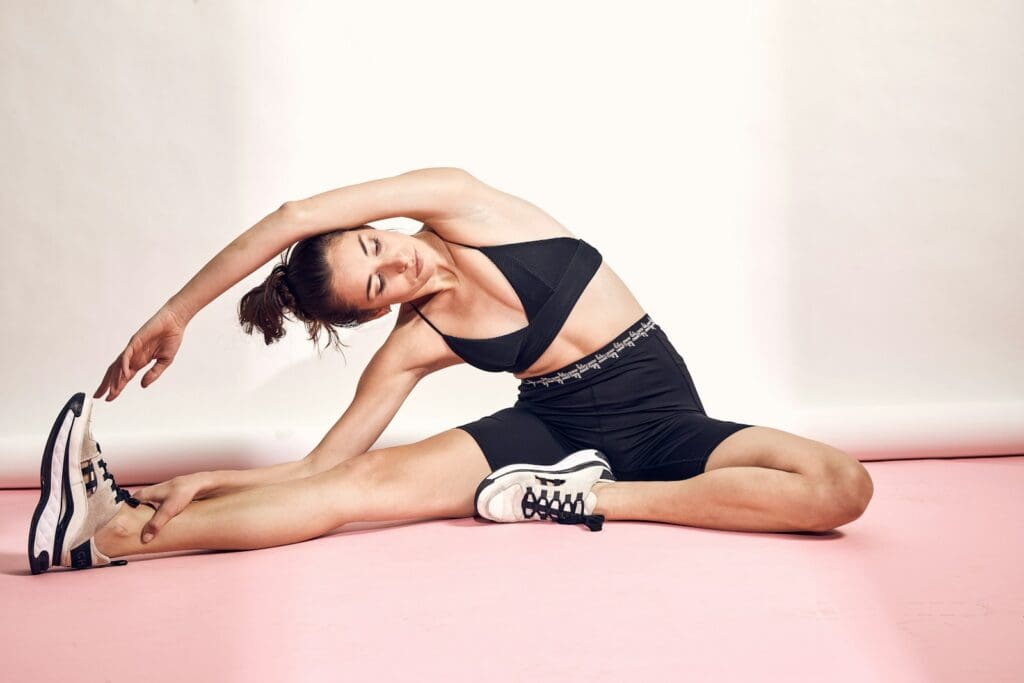
Rucking offers a low-impact alternative to high-intensity workouts, making it ideal for those with joint issues or recovering from injuries. Unlike running, rucking reduces stress on joints while still providing cardiovascular benefits and muscle engagement. This makes it an excellent option for maintaining fitness without risking further injury or discomfort.
4. Enhances Bone Density

Rucking significantly improves bone density compared to regular walking. The added weight creates mechanical stress on bones, stimulating bone-forming cells and encouraging growth. This is particularly beneficial for older adults and those at risk of osteoporosis, as it helps maintain strong, resilient bones throughout life.
Read More: 30 Major Health Benefits that Walking Gives You
3. Improves Cardiovascular Health
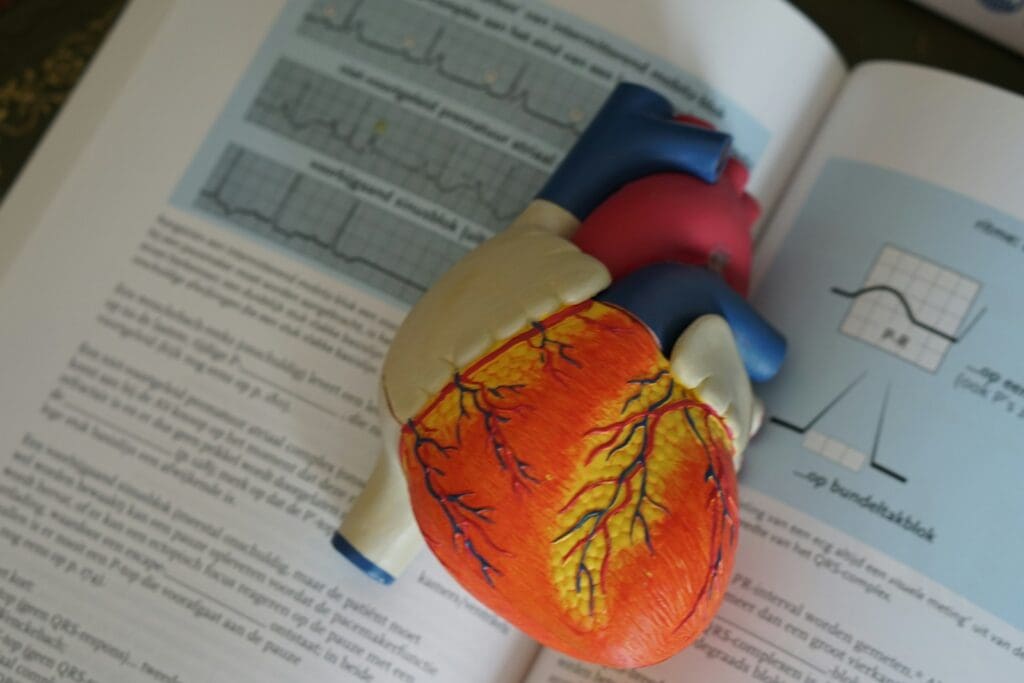
Rucking elevates your heart rate more than walking, providing cardiovascular benefits comparable to jogging but with less impact. It enhances stamina, endurance, and overall cardiovascular fitness. A 10-week load-carrying program showed improved oxygen intake and lower perceived exertion in participants, benefiting heart health long-term.
Read More: 15 Surprising Side Effects of Strengthening Your Body
2. Builds Strength and Muscle
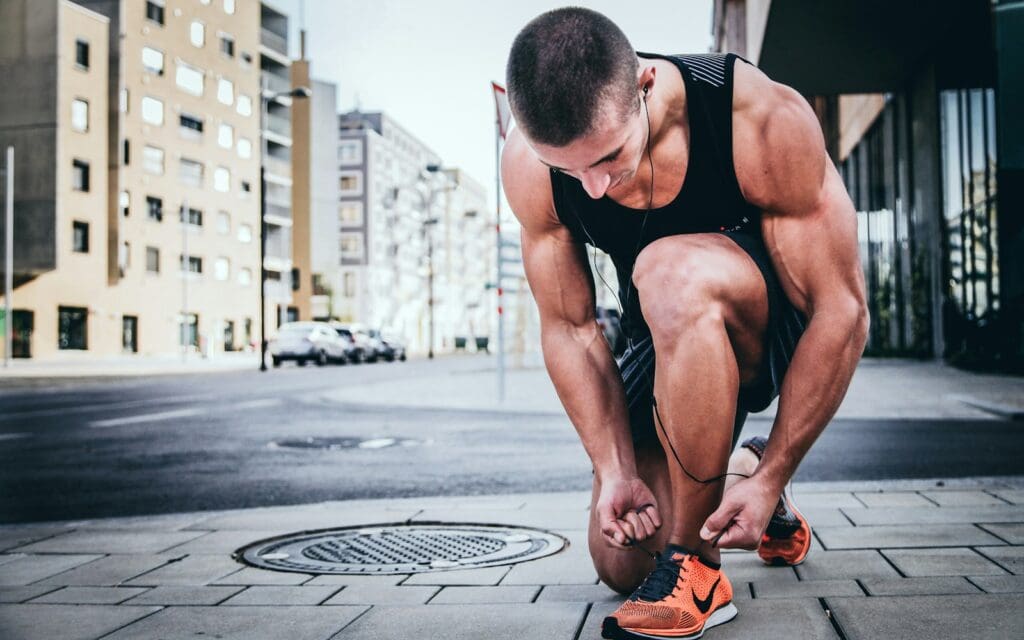
Rucking engages more muscle groups than walking, particularly in the core, legs, and back. The added weight challenges your body, promoting muscle growth and strength development. Studies show rucking improves muscular power and endurance, making it an effective full-body workout that combines cardio and resistance training.
Read More: 20 Fitness Tips from the Pros You Need to See
1. Burns More Calories

Rucking torches significantly more calories than walking, burning 2-3 times as many per hour. A 200-lb person walking briskly for an hour burns 391 calories, while rucking with a 50-lb pack at the same pace burns around 585 calories. This increased calorie burn can lead to more effective weight loss and improved fitness.
Read More: 15 Reasons Rucking is the Only Exercise You Need

